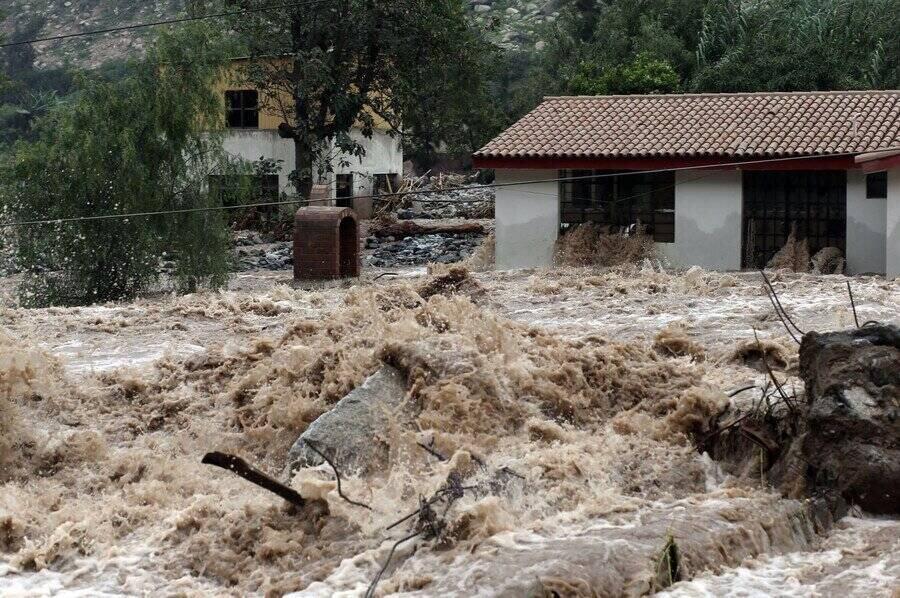The latest weather forecast from the Philippine Atmospheric, Geophysical and Astronomical Services Administration (PAGASA) said that the La Nina phenomenon is weakening in the central and eastern equatorial Pacific, expected to turn to the neutral phase of the El Nino - Southern Osvorite (ENSO) phenomenon in the coming weeks.
In a statement approved by PAGASA Director Nathaniel Servando, the Philippine weather agency said that recent climate monitoring data showed that abnormalities in sea surface temperatures (SSTA) are returning to neutral. This trend is forecast to continue in September-October-2025.
Therefore, the phenomenon of La Nina causing higher than normal rainfall affecting some areas of Luzon, Philippines, including most of Bicol, eastern Visayas and northeastern Mindanao may not happen in the near future.

PAGASA also warned that as the northeast monsoon is about to end, the hot and dry season begins in the Philippines, people and relevant authorities should maintain preventive measures, including measures to minimize the impact of heat, optimize water use for personal and family needs as well as address health risks related to changing climate conditions.
According to Fox8live.com, La Nina started in December 2024, but by February 2025, the sea surface temperature has decreased compared to normal, showing a trend of switching to neutral ENSO.
The forecast bulletin released by the US Climate Prediction Center on March 13 stated that the neutral ENSO has a about 60% chance of developing in April and will last throughout the summer in the Northern Hemisphere (May-May). Neutral periods may not last long. In the fall, the likelihood of a La Nina return increases. The forecast for October to December is at an average level between La Nina and the neutral ENSO phase.
ENSO phase affects the storm season in the Pacific and Atlantic, creating a turbulent effect between the two oceans, with more on one side and fewer on the other.
El Nino, which is characterized by unusually warm sea surface temperatures in the central and eastern Pacific, promotes stronger storms in the eastern and central Pacific basin while curbing storm activity in the Atlantic basin.
When La Nina appears, storms tend to appear more often in the Atlantic basin due to vertical wind shear and weaker trade winds in the tropics. During this time, the eastern Pacific recorded fewer storms.
ENSO's development forecast plays an important role in the forecast for the hurricane season in the next few months when the Atlantic hurricane season officially begins.










